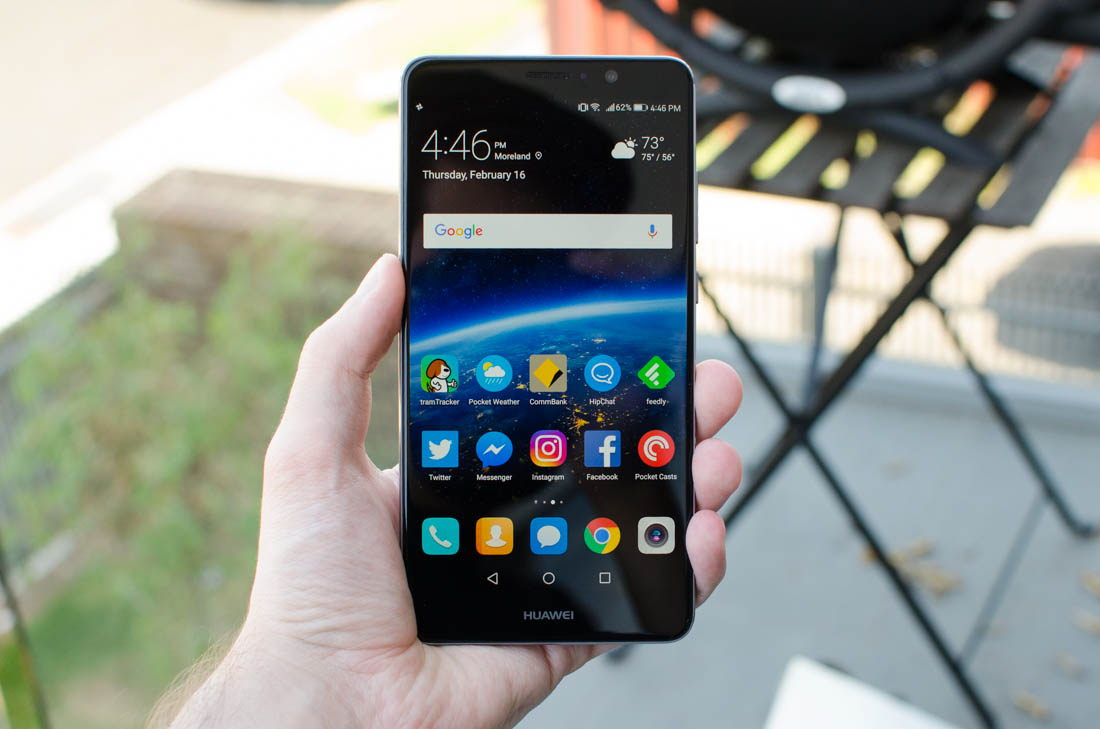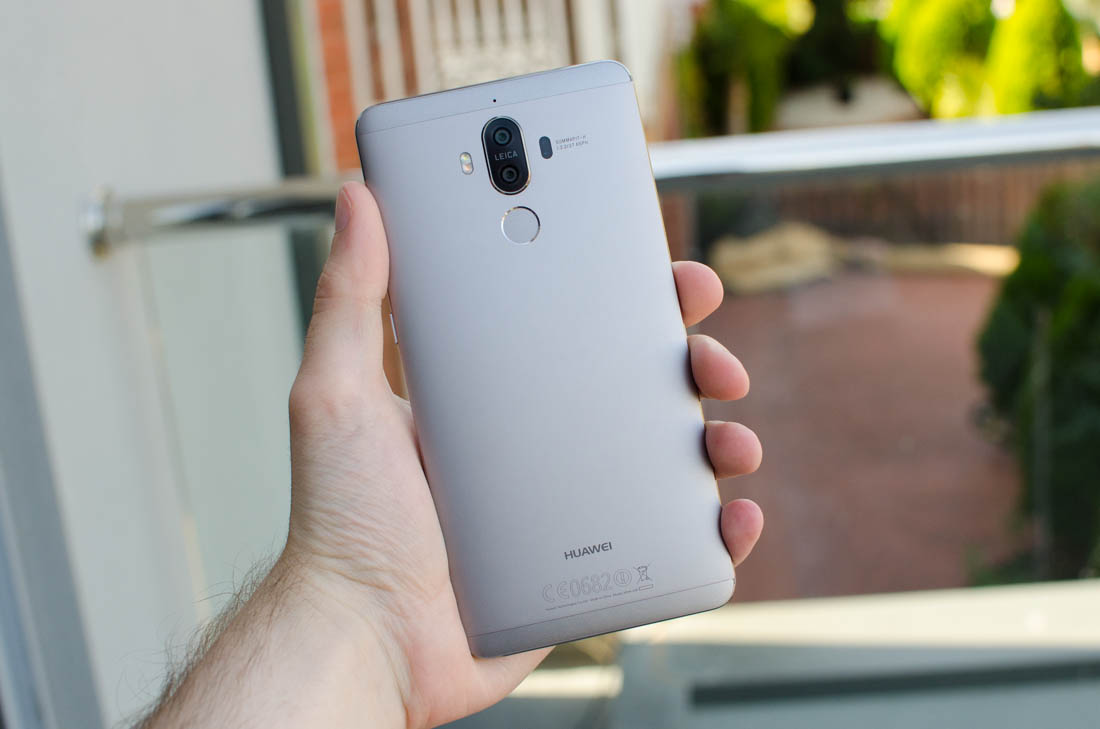The past 12 months or so have seen Huawei transform from a budget Chinese phone maker into a flagship smartphone powerhouse. The company's two major 2016 handset releases - the Huawei P9 and Honor 8 - were both fantastic pieces of hardware with attractive price tags to boot.
Huawei's first phone of 2017 complements these past releases as well as the upcoming Huawei P10. Designed for those who prefer larger screens, the Huawei Mate 9 packs a 5.9-inch display alongside an upgraded dual camera solution and a faster SoC. There are few hardware compromises here; the Mate 9 is a showcase of what Huawei's engineering team can accomplish.
The Mate 9 borrows many design elements from the beautiful Huawei P9. Most of the phone is a single aluminum unibody chassis, which wraps around all four edges and forms almost the entire back panel. The subtle curves around the edges make this large phone comfortable to hold and use, while the use of metal gives the phone a solid, premium feel. Like the P9, the Mate 9 is a simple, elegant handset that relies on its great use of materials to shine.
The front of the device is a single piece of Gorilla Glass 3, which is tapered at the edges to produce a swooshable experience. The left and right bezels beside the display are slim - and important design choice that makes this large display easier to use - while the bezels above and below are somewhat larger. You're not getting an LG G6-like full screen experience, but a screen to body ratio of 78% is well above average. Large screened phones should be dominated by the display, and this is certainly the case with the Huawei Mate 9.
Aside from a typical collection of features that includes the front camera and speaker, the front of the Mate 9 is clean. The phone uses on-screen navigation buttons and does not come with dual front-facing speakers, so there's nothing below the display. The Mate 9 uses the bottom-firing speaker in conjunction with the in-call speaker during audio playback for a stereo experience, although as the speakers have different sound profiles, the stereo experience is somewhat unbalanced. The bottom speaker has a larger range and better, though not amazing, sound quality; in an ideal world, the top speaker would produce the same quality.
I should also mention the Mate 9 comes with a notification LED, which in my opinion is a must-have for all Android smartphones.
Huawei has repositioned their dual-camera system into a vertical module that protrudes slightly from the rear aluminum panel. It's flanked by a dual-LED two-tone flash and a laser-assisted autofocus system in a design that's more visually pleasing than the Huawei P9's implementation. Below the camera is the circular fingerprint sensor that's extremely fast and accurate. It's also in the perfect position: my finger naturally falls near the sensor while I'm holding the device, and it's easy to find and activate the sensor without looking at it.
My only complaint about the design is the use of plastic strips at the top and bottom of the rear panel. These sections are there so the Mate 9's antennas can function without large antenna lines, but the difference in finish between the plastic and metal is noticeable and less attractive than simple antenna lines. It's not a huge issue though and I expect only perfectionists would be bothered by this difference.
The power and volume buttons on the Mate 9's right-hand edge are easy to hit and very clicky, which is fantastic. The SIM card slot is found on the other edge, and supports both a nano-SIM and a microSD card. Yes, it's easy to include a microSD card slot in a device like this, as Huawei continually reminds us across their product line.
Connectivity on the Mate 9 consists of a USB-C port and a 3.5mm headphone jack, as well as an infrared LED on the top edge for controlling your home theater gear. It's disappointing more handsets don't include an infrared LED as your smartphone makes a perfect universal remote.
The biggest issue people will face regarding the Mate 9 is its size. The phone is only slightly taller than the Google Pixel XL, but it's wider so it can accommodate a larger 5.9-inch display (compared to 5.5-inches). People with small hands will find the extra width unwieldy, and it's unlikely anyone will be able to operate all parts of the display single-handedly, at least without serious phone juggling.
The extra display size is fantastic for content consumption, and I'm generally a fan of larger phone screens, but it does come at a usability cost. The good news is the Mate 9 isn't thick at 7.9mm, and its 190 gram weight is mostly due to the large 4,000 mAh battery housed within. The phone is slightly heavier than its competitors, but it doesn't feel like a brick.






